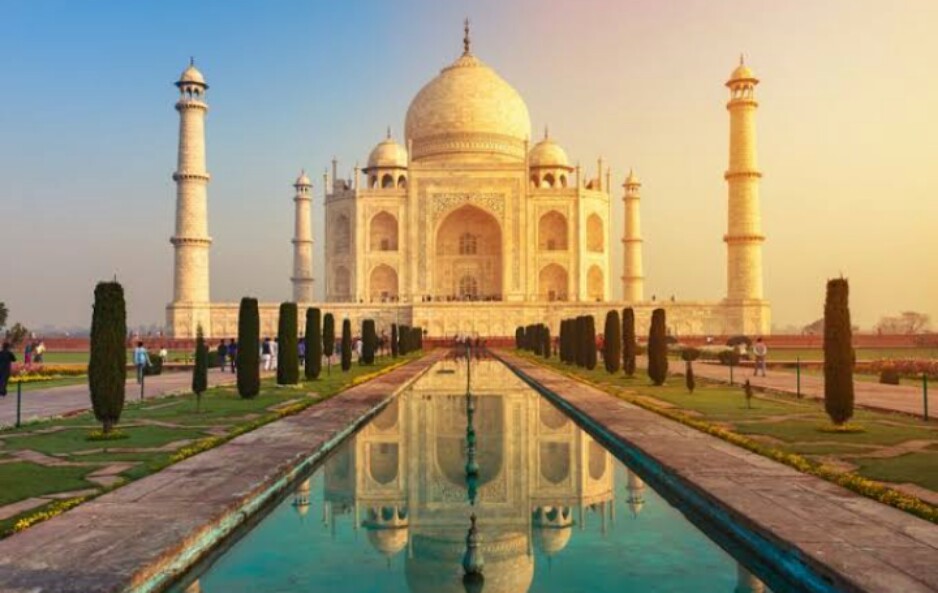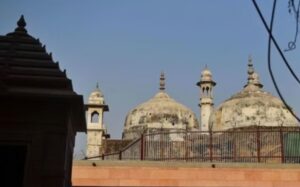The Taj Mahal, is a monument in the city of Agra, India which because of its architectural brilliance, is called one of the wonders of the world. But this white marble palace, apart from the love story behind it, is also a testament to the history of Islam’s presence in the land of Bollywood.
The Taj Mahal is the most famous trace of the presence of Islam in India to date. A work of Islamic architecture that was built during the time of Emperor Shah Jahan or Syihabuddin Shah Jahan who ruled in 1038-1069 H/1628-1658 AD).
According to Ahmad Rofi Usmani in Traces of Islam explained, the time of Shah Jahan is widely known as the peak of the glory of the Mughal Empire in India. This is because Shah Jahan was an accomplished general and avid art lover who left behind a rich architectural legacy, including the Taj Mahal and the old city of Delhi.
Islamic civilization in India had incised the golden ink of its glory. One of them, when the Mughal Empire was established and grew rapidly. In that era, the Mughals became a superpower and was listed as one of the largest empires in the world.
Also Read: Nuclear Technology: Harm and Benefit from the Qur’anic Perspective
During its heyday of approximately three Mughal centuries (1526-1858), the Mughal Empire controlled a very large area, including Kabul, Lahore, Multan, Delhi, Agra, Oud, Allahabad, Ajmer, Gujarat, Melwa, Bihar, Bengal, Khandes, Berar, Cashmere, Bajipur, Galkanda, Tahore, and Trichinopoli. In the economic field, the Moguls had exported fabrics to Europe
Mohamad Nurhakim in his book “The Fall of a Tamadun”, said that the Mughals were actually not the first Muslim rulers in India.
Previously, the Umayyad dynasty under Caliph Al Walid had tried to open India. There were also several small Islamic-style kingdoms before the Mughals were born, including the Ghaznawi Kingdom (977-1186), Khalji (1296-1316), Tughlaq (1320-1412), Sayyid (1414-1451), and Lodhi (1451-1526). .
The Mughals were the last Islamic empire before India finally fell to the British. The sultanate was founded by Zahiruddin Babur, who is none other than a descendant of Timur Lenk, the ruler of the Mongols. The name Mughal is also said to be an Indo-Aryan dialect spelling of the word Mongol.
Also Read: Gaza Cries Out, the World Stays Silent: A Wounded Humanity
However, India’s encounter with Islam actually occurred long before the time of the Moghul empire. The meeting had started through the trading network of Arab merchants since the time of the Prophet Muhammad.
Meanwhile, the official expedition was carried out by Muhammad Ibn Qasim from the Umayyads, then reached its peak during the time of Sultan Mahmud Ghaznawi who is also considered to be the person who started the history of Islam in the Indian subcontinent.
According to historians, the teachings of Islam have come to the Indian subcontinent in three waves, namely when it was brought by the Arabs (8 AD), the Turks (12 AD), and in the 16th century AD by the Afghans.
Why was Islam ruled for several centuries, besides the Taj Mahal in Agra, India also keeps other Islamic heritages, such as the Jama’ Mosque, Qutub Minar, and Hu mayun’s Tomb.
Also Read: Indo Defence Expo and Forum; Sharing Responsibility of Humankind and Environment
But a series of recent events in India highlights cases of alleged Islamophobic acts. Starting from the prohibition of the hijab for students to the most recent statement insulting a spokesman for the ruling party to the Prophet Muhammad shalallahu alaihi wasallam and Sayyidah Aisyah. (T/RE1)
Source: https://m.republika.co.id/berita/rd5d58320/kerap-dibenci-dan-dinista-ternyata-islam-pernah-berjaya-di-india
Mi’raj News Agency (MINA)
Also Read: Safiya Saeed: From Somali Migrant to First Hijab-Wearing Mayor of Sheffield

































 Mina Indonesia
Mina Indonesia Mina Arabic
Mina Arabic